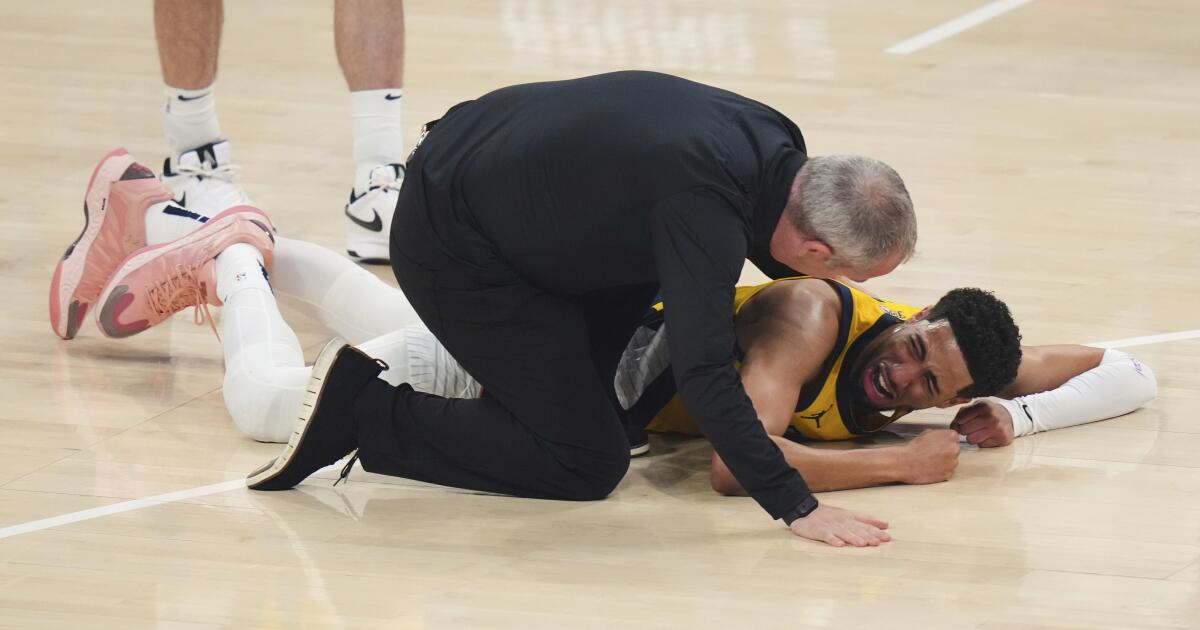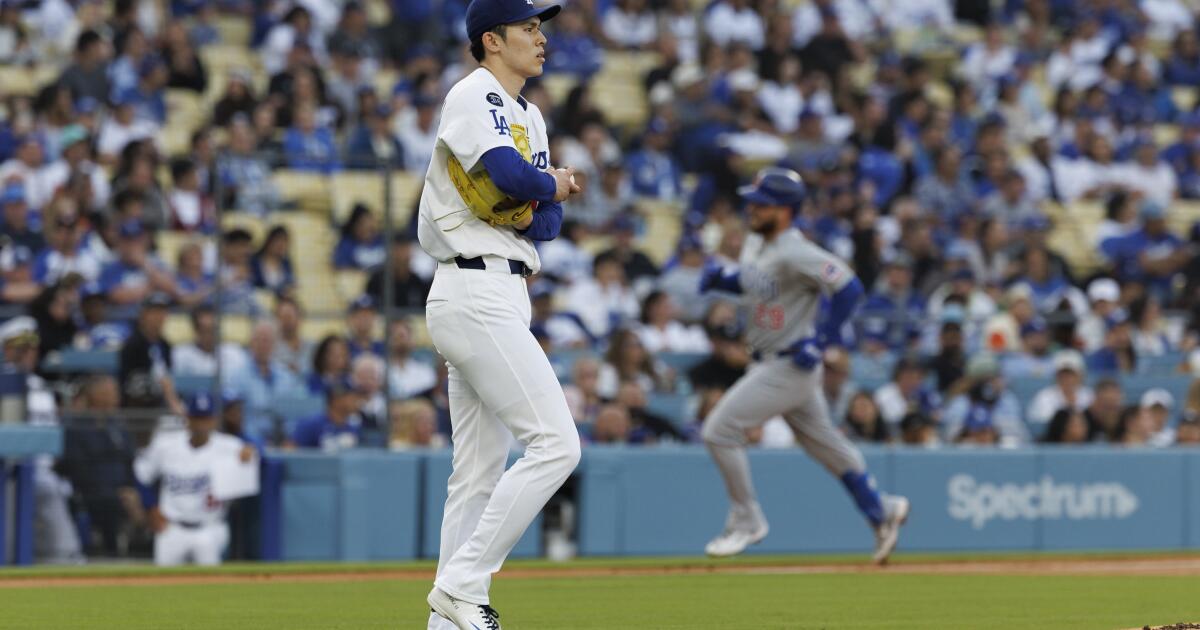Is Tyrese Haliburton’s torn Achilles a sign of a larger NBA trend?
Could Achilles injuries be the Achilles heel of the NBA?
Regardless of allegiance, anyone watching Game 7 of the NBA Finals on Sunday had to be struck by the calamitous impact of the injury to superstar Tyrese Haliburton on the Indiana Pacers.
Haliburton had the ball in the first quarter, took a step backward and began to go left. Pushing off with his right foot, the right tendon tore, and the Pacers chances of defeating the Oklahoma City Thunder were shredded.
“In that moment, my heart dropped for him,” OKC guard and Finals MVP Shai Gilgeous-Alexander told reporters. “I couldn’t imagine playing the biggest game of my life and something like that happening. It’s not fair.”
It’s also not uncommon. Haliburton was the third superstar lost during the playoffs to an Achilles tear, following Damian Lillard of the Milwaukee Bucks and Jayson Tatum of the Boston Celtics.
Players who sustained the injury during the regular season include Dejounte Murray of the New Orleans Pelicans, Dru Smith of the Miami Heat and two of Haliburton’s Indiana teammates — Isaiah Jackson and James Wiseman.
Regenerative medicine doctor Jesse Morse pointed out in X posts that the high-grade calf strain Haliburton suffered in Game 5 was a precursor to the Achilles injury.
“Hailburton was playing with fire by playing in Games 6 and 7 after being diagnosed with a high-grade calf strain, an injury that is notoriously slow to heal,” Morse wrote. “There was a significantly increased risk of a possible Achilles tear due to him already having the high-grade calf strain, regardless of what the ‘data shows.’
“We saw it with Kobe Bryant. We saw it with Aaron Rodgers. Likely more. A calf strain lead to an Achilles tear.”
Bryant ruptured his left Achilles on April 12, 2013, after playing every minute of eight consecutive quarters as the Lakers pursued a playoff spot with two games remaining in the regular season. Bryant had suffered injuries to his knees earlier in the game. He returned to action eight months later.
Rodgers tore his left Achilles in his first game as quarterback of the New York Jets on Sept. 11, 2023, shortly after he’d experienced tightness in his calf. He missed the entire season but returned in 2024 at age 41.
The Achilles tendon is a fibrous cord that directs movement from the leg to the foot, connecting muscles from the calf to the heel bone. A sudden explosive movement like running or jumping can cause the tendon to tear or rupture.
The origin of term Achilles stems from the hero of that name in Greek mythology. His mother sought to make him immortal by dipping him into a river that held magical powers. She held him by the heel, however, leaving it vulnerable.
Sure enough, the seemingly eternally brave Achilles was killed by an arrow to his heel during the Trojan War. The Achilles’ heel has been known ever since as a metaphor for a person’s vulnerable spot.
Haliburton certainly displayed a knack for heroics all season, culminating in the jump shot he made with 0.3 seconds to play in Game 1 of the Finals that gave the Pacers a victory over the heavily favored Thunder.
He helped them to reach Game 7 and hit a trio of three-point shots early in the contest only to — alas — crumple to the floor when his Achilles tendon popped. The Thunder prevailed, 103-91.
“We needed Ty out there,” Pacers forward Obi Toppin told reporters. “For him to go down in a game like that, that sucked the soul out of us.”

